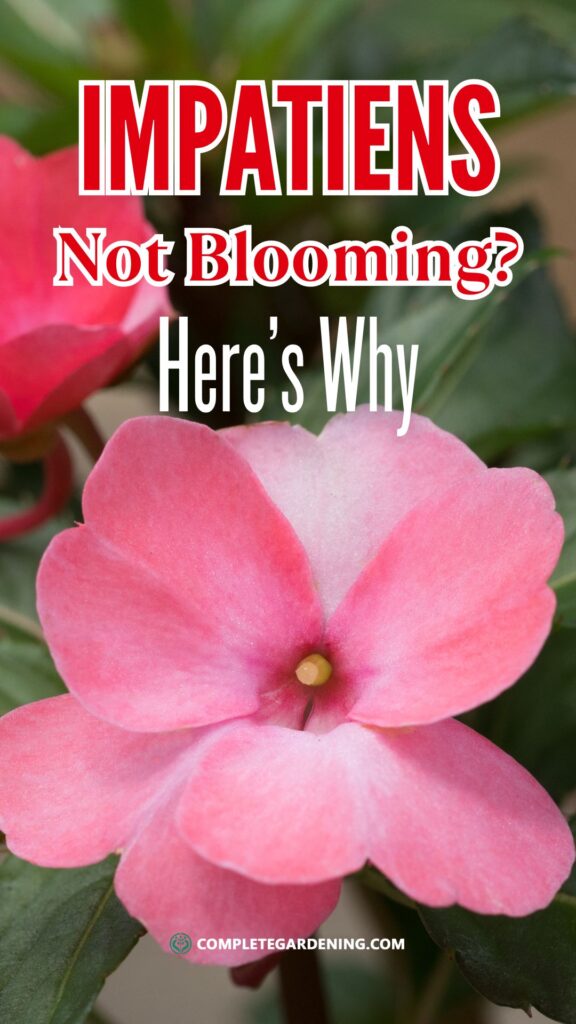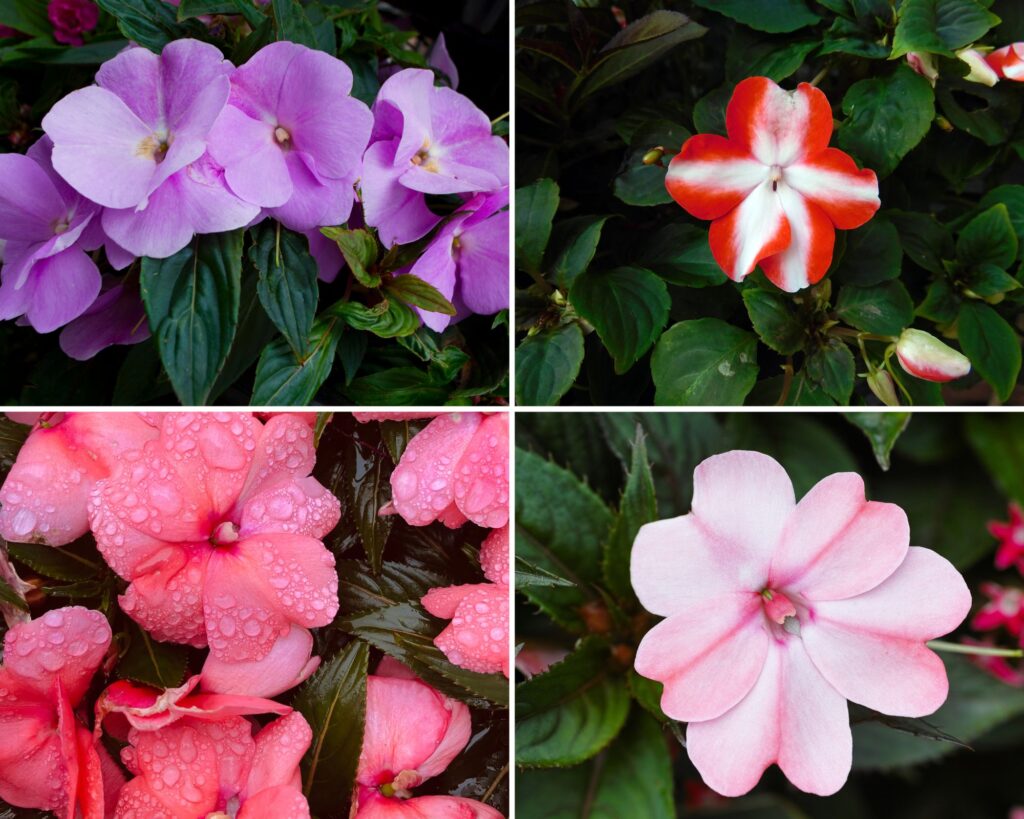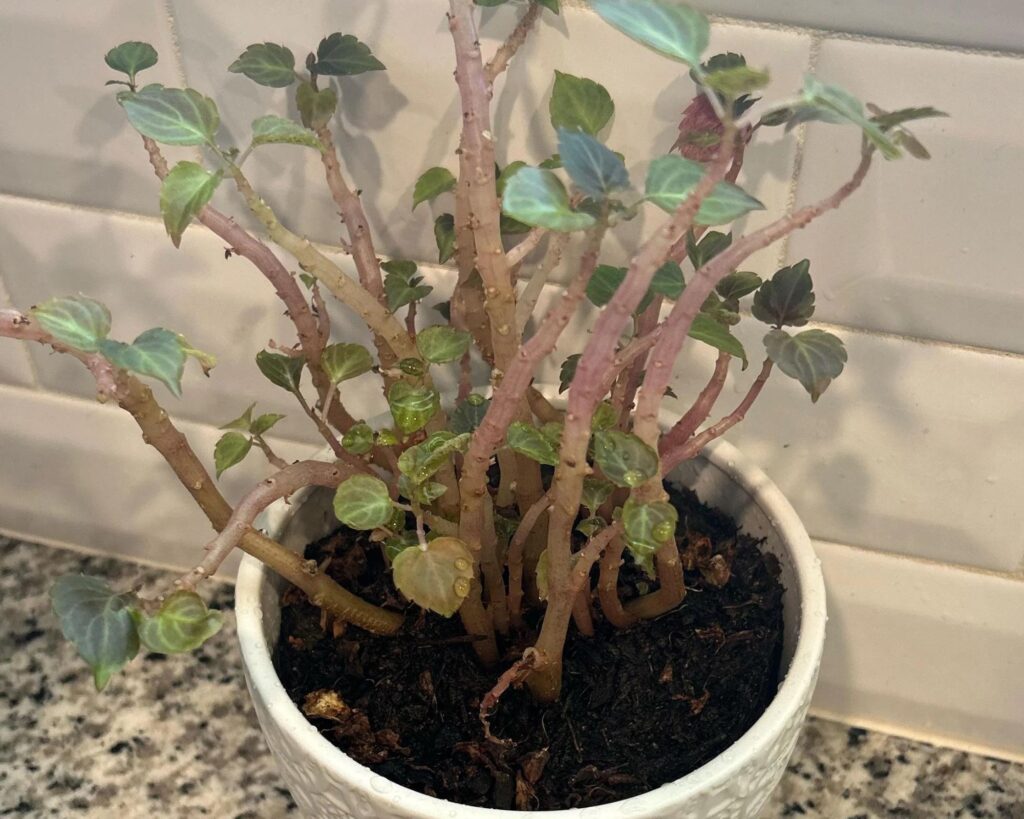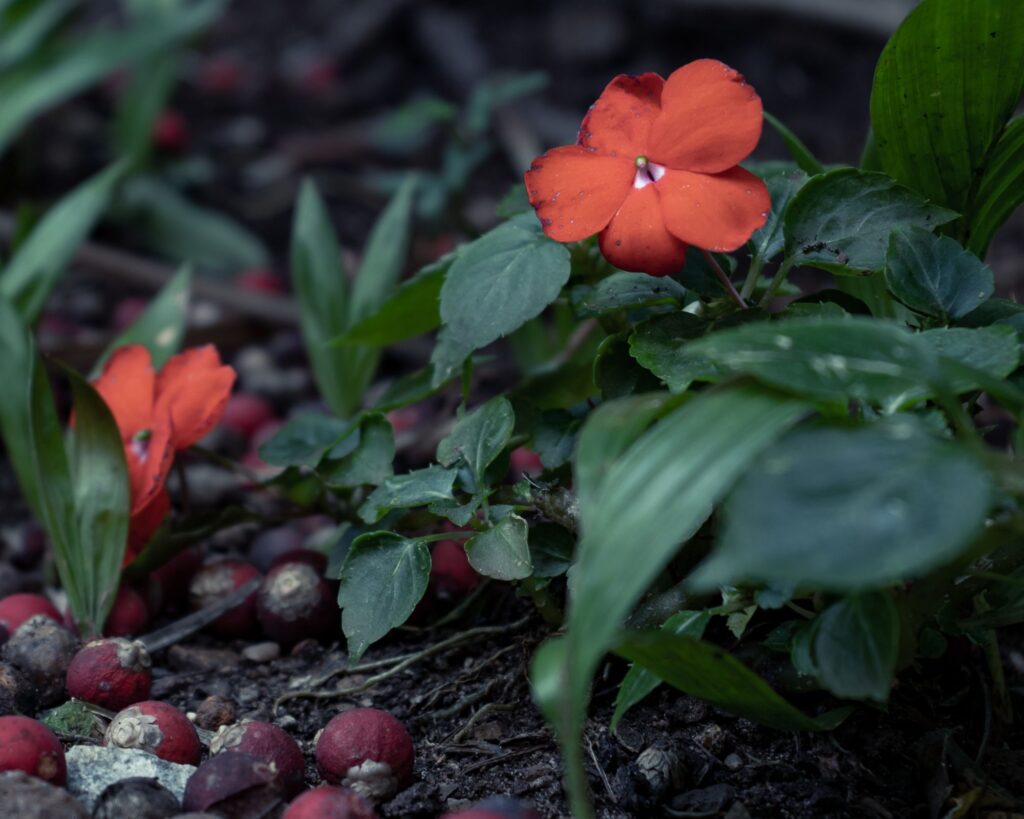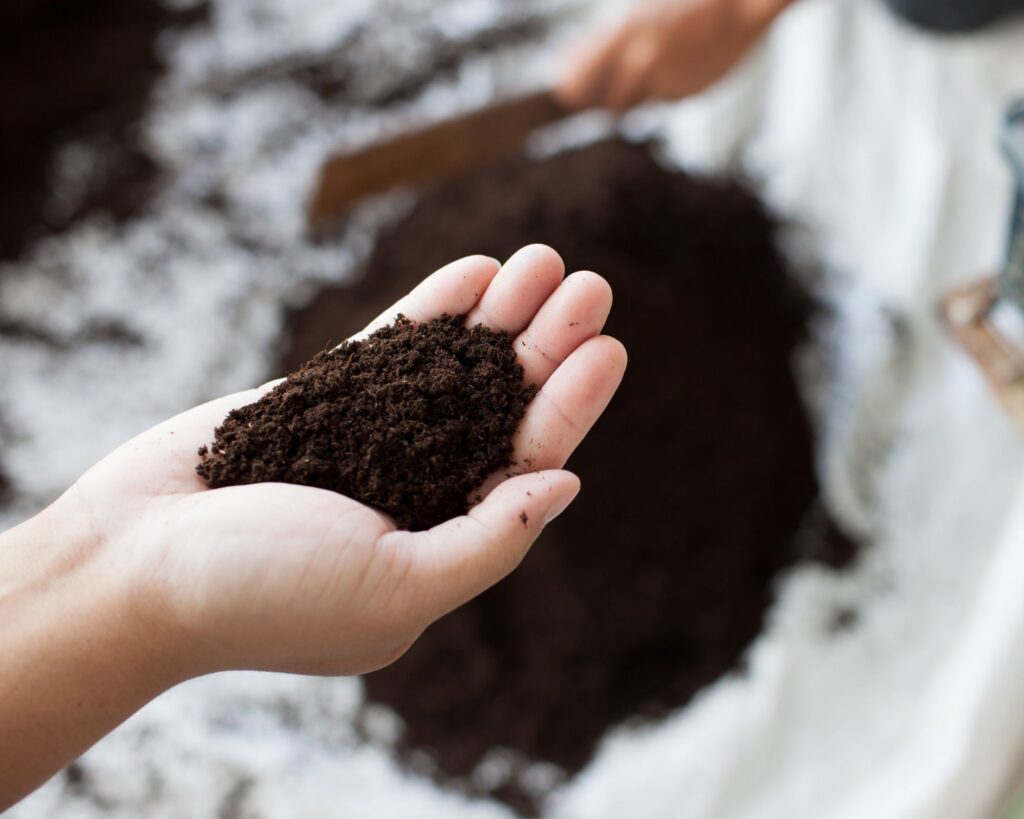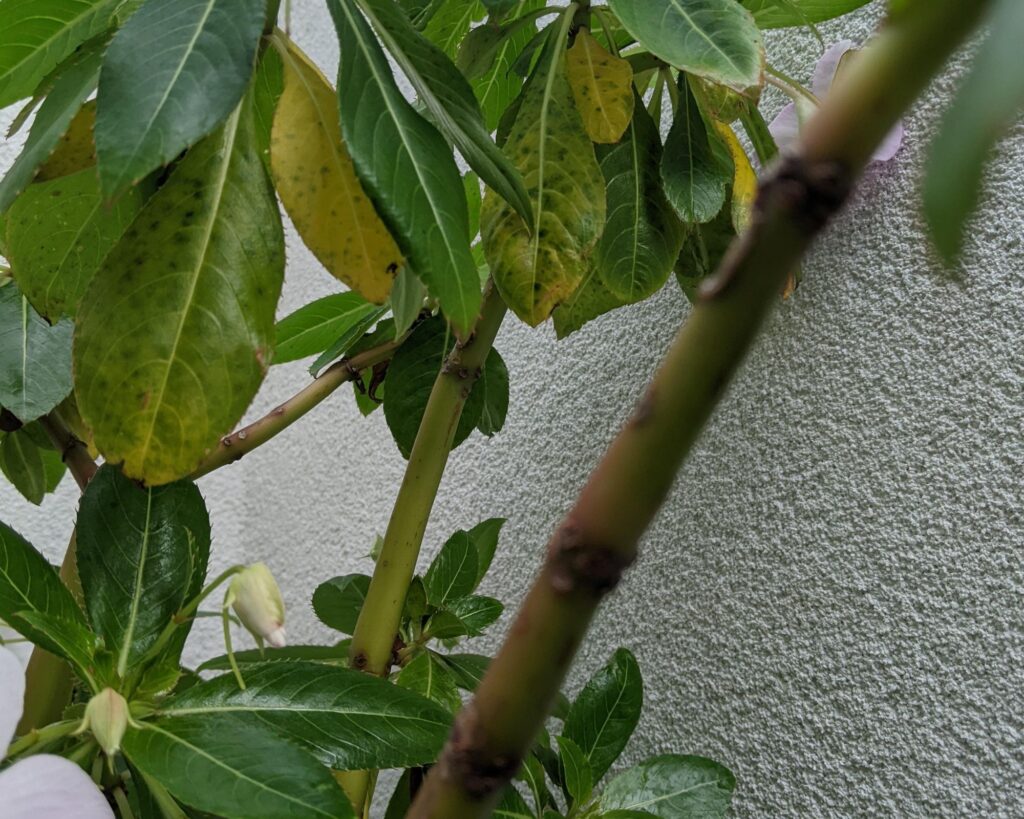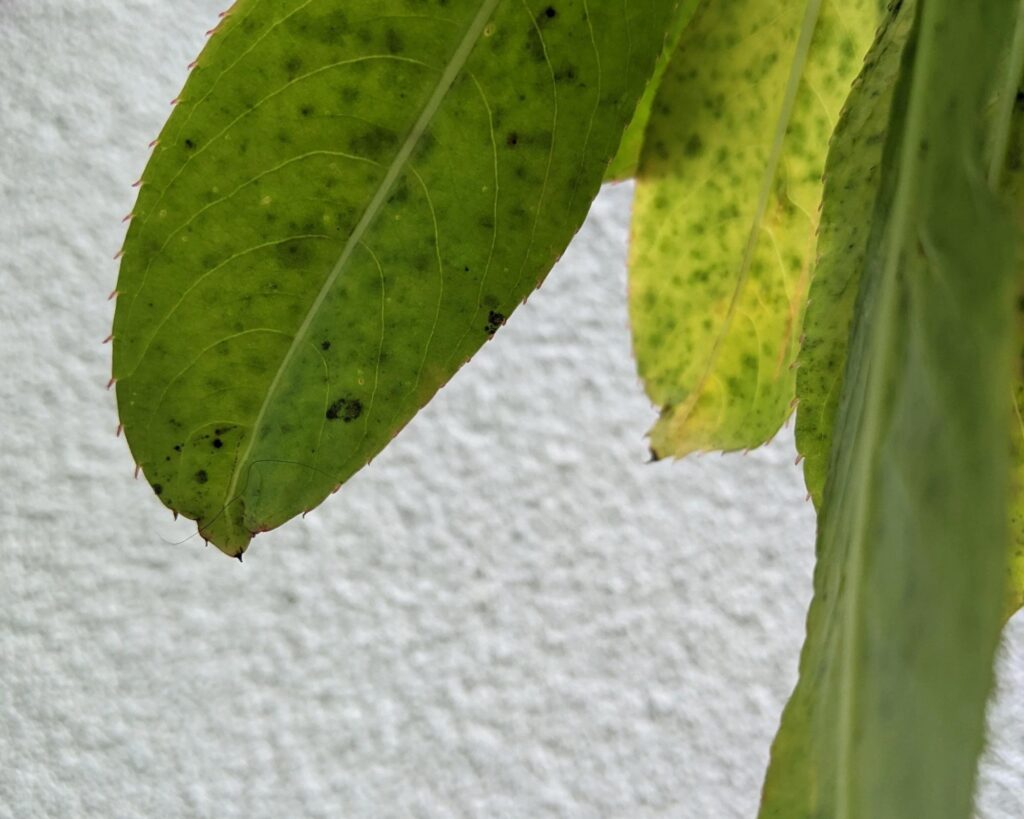Ever looked at your impatiens and wondered why those once-vibrant flowers have disappeared? You’re not alone. Many gardeners find it confusing when their impatiens refuse to bloom. But don’t worry – figuring out what’s wrong might be easier than you think.
Whether it’s too little light, poor soil, or simply a watering issue, small adjustments can make a big difference.
Ready to uncover the secrets to getting your impatiens back in bloom? Let’s explore.
Understanding Impatiens
Impatiens are popular for their vibrant colors and ability to thrive in shady areas. To understand why your impatiens might not be blooming, it’s essential to consider the specific species, varieties, and their ideal growing conditions.
Species and Varieties
There are several species of impatiens, each with unique traits. Impatiens walleriana, commonly known as busy Lizzie, is a favorite due to its wide range of colors and ease of care. Another popular type is New Guinea impatiens (Impatiens hawkeri), which is prized for its larger flowers and bold foliage.
Hybrid varieties have also been developed to enhance disease resistance and bloom longevity. Selecting the right species and variety for your garden can significantly impact blooming success.
Ideal Growing Conditions
Impatiens flourish in specific conditions. They prefer partial to full shade and need well-draining soil rich in organic matter. Consistent moisture is crucial, but avoid waterlogging, which can lead to root rot. Temperature is another important factor; impatiens thrive in moderate temperatures between 60-75°F (15-24°C).
To encourage blooming, ensure they get adequate nutrients. A balanced fertilizer applied every few weeks during the growing season supports healthy growth and plentiful flowers. Regular deadheading also promotes continuous blooming.
Common Causes for Non-Blooming
To help your impatiens thrive and bloom, it’s essential to understand the factors that could hinder their flowering. Key issues often include inadequate light, incorrect watering practices, and imbalanced nutrients.
Insufficient Light
Impatiens require indirect light to bloom effectively. While they can tolerate some shade, prolonged darkness hinders flowering. Aim for partially shaded areas with filtered sunlight. If grown indoors, place them near windows receiving dappled light. Remember, too much direct sunlight can scorch the leaves, so balance is crucial. Ensure your impatiens get about 2-4 hours of indirect light daily to encourage blooming.
Improper Watering
Watering impatiens correctly is vital for their blooming. These plants prefer consistently moist soil but can suffer from both overwatering and underwatering. Overwatered impatiens may develop root rot, causing poor flowering and stunted growth. Conversely, underwatered plants wilt and fail to bloom. Aim to keep the soil evenly moist, checking it regularly. Use well-draining soil to prevent waterlogging.
Nutrient Imbalance
The right balance of nutrients helps impatiens produce flowers. Too much nitrogen promotes lush foliage but few blooms. Use a balanced fertilizer, such as a 10-10-10 or one with slightly higher phosphorus content, like 5-10-5. Apply fertilizer according to package instructions. Avoid over-fertilizing, as excessive nutrients can harm the plants. Periodically test the soil to ensure it has the right nutrient levels.
Cultural Practices
Proper cultural practices are essential for the health and blooming of your impatiens. Key areas include pruning techniques and soil management to ensure optimal growth and flowering.
Pruning and Deadheading
Pruning helps maintain the shape and vigor of your impatiens. Regularly trim back overgrown stems to promote new growth. This can prevent the plant from becoming leggy and ensure it receives ample light and air circulation.
Deadheading, or removing spent flowers, redirects the plant’s energy towards producing new blooms. Pinch off dead flowers just above a set of healthy leaves. This not only encourages more flowers but also keeps the plant looking tidy.
Soil Quality and Preparation
The quality of the soil is crucial for blooming. Impatiens thrive in well-draining, fertile soil. Before planting, enrich the soil with organic matter such as compost. This improves soil texture and provides essential nutrients.
Check the soil pH; impatiens prefer a slightly acidic to neutral pH of 6.0 to 7.0. You can test this using a home pH test kit. Amend the soil accordingly with lime to raise pH or sulfur to lower it. Prepare the bed properly to ensure good root establishment.
Disease and Pest Management
Keeping your impatiens healthy requires being vigilant about common diseases and pests that can hinder blooming.
Fungal Infections
Fungal infections are a major concern for impatiens. Downy mildew, for example, is a notorious threat. It manifests as yellowing leaves, white fuzz on the undersides, and stunted growth. Watering at the base and avoiding overhead irrigation can reduce the risk.
Root rot can also be problematic, caused by overwatering and poor drainage. Use a well-draining soil blend to minimize this risk.
Regularly inspect your plants for any signs of fungal issues. Applying fungicides early can be effective, especially during wet seasons.
Pest Infestations
Pests like aphids, spider mites, and thrips can attack impatiens, sucking out plant juices and weakening them. Look for tiny insects on leaves and under them.
Neem oil can be an effective treatment for these pests, as it disrupts their feeding. Insecticidal soaps can also be a good choice.
Keep affected plants isolated to prevent spreading. Regularly check for infestations to catch them early and ensure your impatiens stay healthy and vibrant.
Environmental Stressors
Environmental stressors like extreme temperatures and excessive wind or rain can significantly affect your impatiens’ ability to bloom.
Extreme Temperatures
Impatiens thrive in moderate temperatures. When temperatures climb too high, especially above 85°F (29°C), the plants can experience heat stress. This stress causes them to focus on survival rather than flowering. Conversely, temperatures dropping below 50°F (10°C) can stunt their growth and impede blooming.
If your local climate is prone to these extremes, you might find it useful to provide some shade or bring your potted impatiens indoors during the hottest part of the day. Keeping your plants consistently watered but not waterlogged can also help mitigate temperature-related stress.
Excessive Wind or Rain
Strong winds can physically damage impatiens, snapping stems, and stripping leaves, which can deter flowering. Excessive rain, meanwhile, can lead to root rot and other fungal issues, making it difficult for the plants to produce blooms.
To protect your impatiens from wind, you might consider planting them in a more sheltered location or using a windbreak. In the case of heavy rain, ensuring good drainage in your soil can prevent water from collecting around the roots.
Proper mulching can help maintain soil moisture levels and protect roots, improving your chances of enjoying a blooming garden.
While impatiens are known for their vibrant blooms and ability to brighten shady spots in the garden, various factors can hinder their flowering potential. By understanding the specific needs of impatiens, such as appropriate light, proper watering, and balanced nutrition, you can address common issues like insufficient light, improper watering, or nutrient imbalances.
Additionally, maintaining healthy soil conditions, managing pests and diseases, and protecting your plants from environmental stressors are crucial steps in ensuring your impatiens thrive. With the right care and attention, you’ll soon enjoy a garden full of beautiful, blooming impatiens, adding color and life to your outdoor space.

